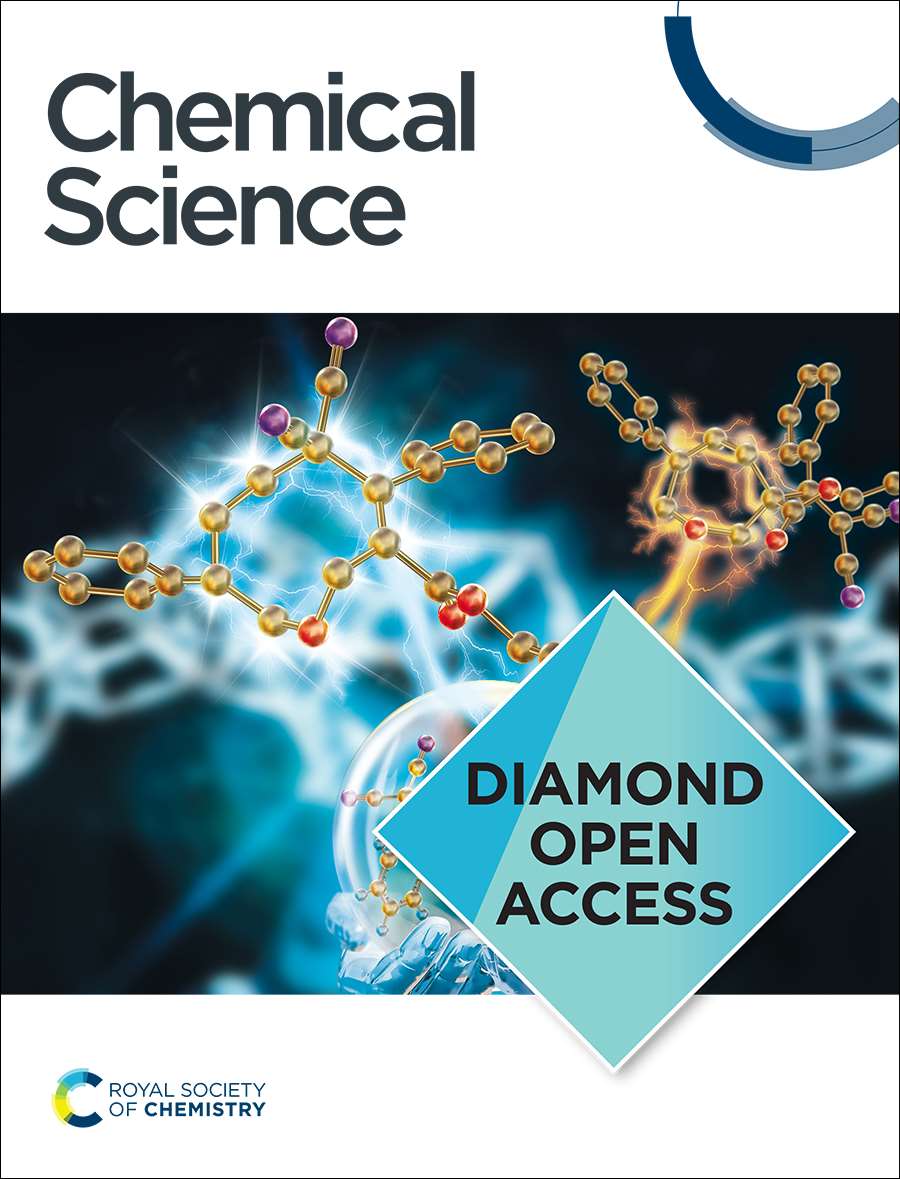Dynamic Proton Coupled Electron Transfer Quenching as Sensing Modality in Fluorescent Probes
IF 7.6
1区 化学
Q1 CHEMISTRY, MULTIDISCIPLINARY
引用次数: 0
Abstract
Fluorescent off-on probes based on a modular design where an analyte sensitive PET moiety is attached to a fluorophore are extremely successful. Here we report a new modular fluorescence probe design switched by dynamic quenching due to proton coupled electron transfer (PCET) mediated by collision with weak bases in solution. The fluorescence lifetime of this probe directly report on the rate of deprotonation by the weak bases in the solution. We investigate the probe design, mechanism of response, and sensitivity to various abundant weak bases/metabolites including; acetate, glutamate, phosphate, valine, and amines. We find that this modular PCET based probe design, contrary to traditional PET probes, can work efficiently with a fluorescence lifetime readout providing a calibration free probe for weak bases. Upon further development we envision such dynamic PCET probes as sensitive tools for studies of cellular buffer systems and metabolite pools.求助全文
约1分钟内获得全文
求助全文
来源期刊

Chemical Science
CHEMISTRY, MULTIDISCIPLINARY-
CiteScore
14.40
自引率
4.80%
发文量
1352
审稿时长
2.1 months
期刊介绍:
Chemical Science is a journal that encompasses various disciplines within the chemical sciences. Its scope includes publishing ground-breaking research with significant implications for its respective field, as well as appealing to a wider audience in related areas. To be considered for publication, articles must showcase innovative and original advances in their field of study and be presented in a manner that is understandable to scientists from diverse backgrounds. However, the journal generally does not publish highly specialized research.
 求助内容:
求助内容: 应助结果提醒方式:
应助结果提醒方式:


